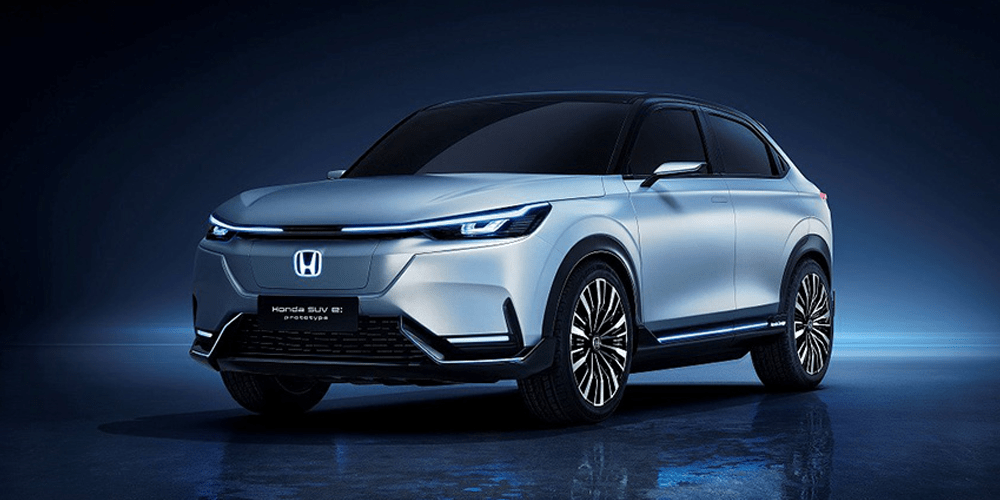Honda to intensify electrification plans around the globe
Honda’s new global CEO, Toshihiro Mibe, announced a tougher electric course for the manufacturer at a press conference. In his statements and targets, however, Mibe referred primarily to North America and China.
Honda will increase the share of battery-electric and fuel cell cars in its sales in North America and China to 40 per cent by 2030, to 80 per cent by 2035 and to 100 per cent worldwide by 2040, the Honda boss said. In North America, Honda is relying on an alliance with carmaker General Motors and its Ultium platform, as well as on a completely new electric platform of its own called e:Architecture. Starting in 2023, two Ultium vehicles, one as a Honda, one as an Acura, are to come to market before e:Architecture takes over in the second half of the decade.
In China, Honda plans ten EV models within five years. The first of these, a battery-electric SUV Honda had unveiled a few days ago as a near-production prototype, with the production version set to go on sale in spring 2022. Honda’s electric plans in China also include strengthening its cooperation with CATL in the supply of battery cells.
Honda is also conducting independent research on solid-state batteries, according to Mibe, and plans to launch a demonstration line this fiscal year. The plan is to use solid-state batteries in new Honda models in the second half of the 2020s.
In Japan, the targeted BEV-FCEV share is much lower at 20 per cent by 2030, with hybrids accounting for the remaining 80 per cent. After that, however, the pace is to pick up sharply: in 2035, it is to be 80 per cent BEV and FCEV before, as in China and North America, only purely electrically powered models are to be sold in 2040.
Mibe did not name any targets for Europe at his first press conference as Honda CEO. In Europe, the Japanese company had already tightened their electrification targets compared to the group’s global targets in 2019. It is not clear whether Europe is no longer in focus or whether the new leadership around Mibe saw no need for stricter targets here.
In addition to cars, the two-wheeler division is also to be increasingly electrified, but initially with three scooter models in the B2B segment. By 2024, three vehicles (including a motorbike) for private customers are then also to come, and the battery is also likely to make its way into the sporty “fun” motorbikes. “The key to successful electrification of motorcycle products is to consider the battery, which is still expensive, separately from the motorcycle,” says Mibe. For the e-scooters, for example, there are also to be Mobile Power Packs. Honda is part of two consortia that want to develop exchangeable batteries.
According to Mibe, all of the above-mentioned model and research measures are part of the overall goal that Honda wants to be CO2-neutral in all products and company activities from 2050 onwards – in the Mobility, Power Unit, Energy and Robotics divisions. In addition, there will be no more traffic fatalities in connection with collisions involving a Honda motorbike or car.





0 Comments